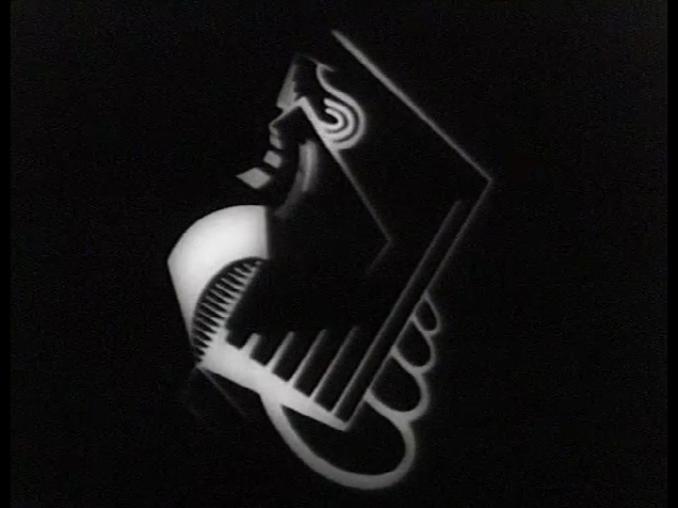Filmform was founded in 1950 and is one of the oldest archives in the world devoted to video art and experimental film.

Symphonie diagonale (1924)
The society Svensk Experimentfilmstudio During the early 1950s experimental and art film achieved a breakthrough in Sweden. Film expanded rapidly, gaining a prominent position that attracted artists and writers to work with moving pictures as a medium of artistic expression.
If one is to understand all these film experiments from those “pioneering” days one must bear in mind that, for a lengthy period during war, Sweden had been isolated from the rest of Europe. Sweden was marked by this involuntary exile and because of this art was particularly dynamic and full of potential.
The post-war generation of artists and writers saw in the cinema new and extensive opportunities for developing an artistic medium. They saw a way out of Sweden’s cultural provincialism and in this the cinema had an central place in discussions of aesthetics. Film was seen as a new medium in which personal expression, free from the regulations of convention, could maintain its independence.
Stockholm’s museum of modern art, Moderna Museet, opened in 1958 showing the film series Apropa Eggeling. This was a typical choice for the time since experimental film was in an extremely expansive period. This series was followed by many others. A major milestone was The New American Cinema in 1963 when films by Stan Brakhage, Jonas Mekas, Andy Warhol and Alfred Leslie were shown. These showings enabled Swedish cinéastes to see something new and poetic that required a different way of seeing for the first time: the idea of a cinematographic poetry beyond all limits, a new image of the world.
Since its “pioneering” days, Swedish independent film has become increasingly narrative and young film-makers do not consider themselves particularly experimental in the orthodox and formal sense, but they retain a greater freedom in terms of form and content. Many have left film to devote themselves to video and digital media. But the passion and involvement that motivated the pioneers of the 1950s remain with the artistic force of the moving picture.

